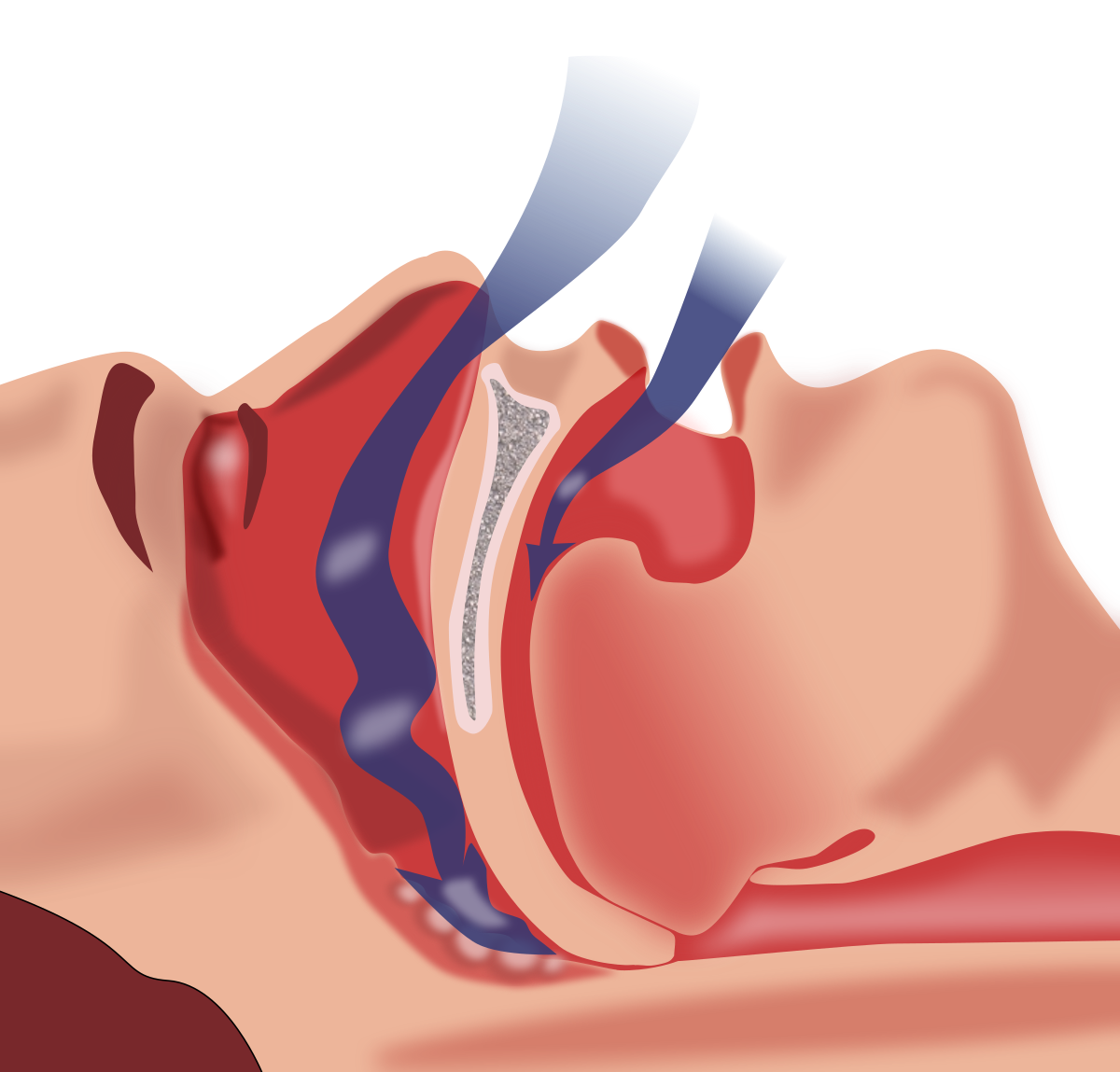Did you know that certain eye disorders are linked to sleep apnea? The National Sleep Foundation indicates that over 18 million Americans suffer from this condition, with similar statistics reported by Health Canada. Sleep apnea is a disorder characterized by repeated interruptions in breathing during sleep, often occurring multiple times each night.
Individuals with sleep apnea may experience delayed tear replenishment, increased ocular irritation, a higher likelihood of developing floppy eyelids, and an elevated risk of glaucoma.
What Is Obstructive Sleep Apnea?
There are various forms of sleep apnea, with obstructive sleep apnea (OSA) being the most prevalent. OSA occurs when the airway is partially obstructed due to the relaxation of muscles in the throat and nose, leading to episodes of apnea (complete cessation of breathing) or hypopnea (abnormally shallow or slow breathing). This condition is twice as common in men and is more frequently observed in individuals with obesity, hypertension, diabetes, or heart disease.
What Are the Common Symptoms of Sleep Apnea?
Sleep apnea manifests when the muscles at the back of the throat relax excessively, hindering normal breathing. These brief interruptions in breathing can result in poor sleep quality and diminish the body’s oxygen levels, potentially leading to serious health issues.
While snoring is a frequent symptom, not everyone who snores has sleep apnea. Disrupted sleep can lead to excessive daytime drowsiness, fatigue, irritability or depression, morning headaches, difficulty concentrating, and a sore throat.
Which Eye Conditions Are Linked to Sleep Apnea?
Glaucoma
Glaucoma is a condition characterized by increased intraocular pressure that damages the optic nerve, which connects the eye to the brain, potentially resulting in vision loss or blindness. In some instances, this may be attributed to decreased blood oxygen levels that occur during apneic episodes. However, it is important to note that CPAP machines, a common treatment for sleep apnea, can also contribute to the development of glaucoma.
Thus, individuals with sleep apnea, even those undergoing treatment, may still be at risk.
Individuals undergoing treatment must have their eyes examined regularly for glaucoma.
Floppy Eyelid Syndrome
Floppy Eyelid Syndrome (FES) is characterized by an unusually large and lax upper eyelid. This condition can lead to symptoms such as eye redness, irritation, discharge, or blurred vision. Notably, over 90% of individuals with FES also suffer from sleep apnea.
Non-Arteritic Anterior Ischemic Optic Neuropathy
Non-arteritic anterior ischemic optic neuropathy (NAION) occurs due to a reduction in blood flow to the optic nerve. Patients often report significant vision loss in one eye, typically without accompanying pain. Research indicates that approximately 70-80% of individuals with NAION also have obstructive sleep apnea (OSA).
Retinal Vein Occlusion
Commonly known as an “eye stroke,” retinal vein occlusion (RVO) involves a blockage in the small veins responsible for draining blood from the retina. A recent study involving 114 RVO patients revealed that 74% of those previously diagnosed with RVO were suspected to have sleep apnea.
Other Eye Health Issues Linked to Sleep Apnea
Additional ocular conditions that are more prevalent among sleep apnea patients include papilledema, keratoconus, and central serous chorioretinopathy. Moreover, in addition to glaucoma, CPAP machines have been associated with dry eye syndrome and bacterial conjunctivitis.
Consult Your Doctor
It is essential to have regular eye examinations to identify potential eye disorders and prevent vision loss, particularly if you have been diagnosed with sleep apnea. At Eye Fashion Optical in Waco, we encourage you to provide us with your medical history to facilitate accurate diagnosis and treatment of any eye conditions or diseases, ensuring the health of your eyes.


Tinggalkan Balasan